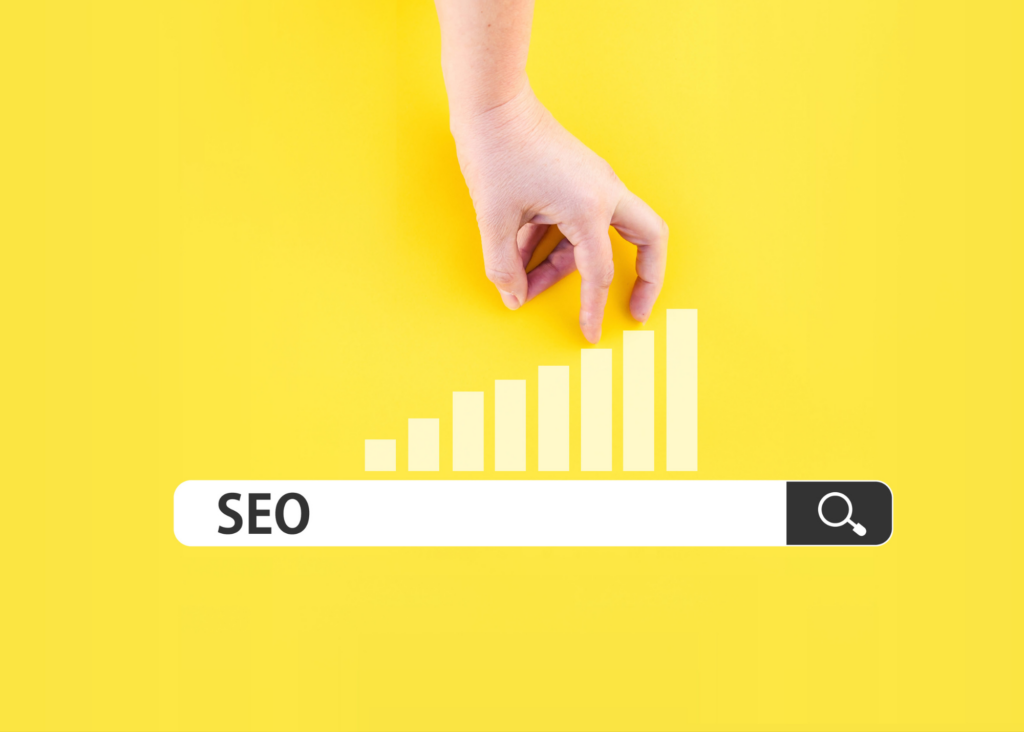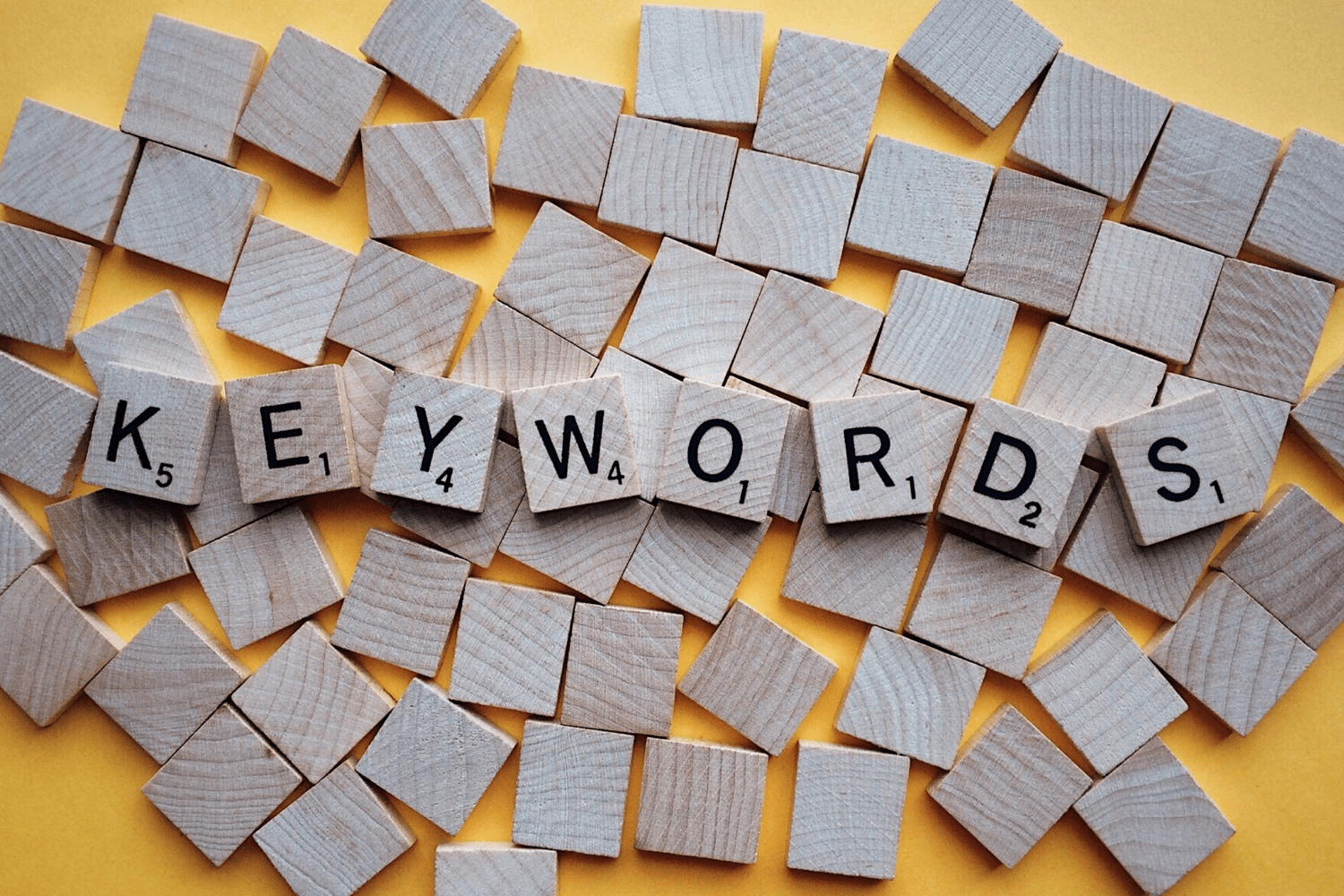
In a nutshell:
- What are tags in SEO?
- The use of tags in SEO: Effective SEO strategies
2.1 Types of tags in SEO
2.2 Effective strategies for using tags in SEO
2.3 Common mistakes when using tags
- Summary
Czy wiesz, jakie tagi są wykorzystywane w SEO i jak ich właściwie używać? W tym artykule dowiesz się, które tagi odgrywają kluczową rolę w optymalizacji stron internetowych i jak skutecznie je wykorzystać, aby poprawić widoczność witryny w wynikach wyszukiwania. Skupimy się na tym jak odpowiednia optymalizacja tagów może pomóc w osiągnięciu lepszych wyników biznesowych. Przedstawimy również wskazówki dotyczące tworzenia i zarządzania tagami, aby w pełni wykorzystać ich potencjał w strategii SEO

What are tags in SEO?
Tags are key words or phrases that are used to describe and organise content on a website. According to Google's algorithms for 2024, tags can generate indexable sub-pages within the site, which allows the content to be better organised and easier for search engines to interpret.
The use of tags in SEO: Effective SEO strategies
Obecność w internecie jest obecnie kluczowa dla sukcesu każdej firmy, SEO (Search Engine Optimization) odgrywa niezwykle istotną rolę. Jednym z fundamentalnych elementów strategii SEO są tagi. Ułatwiają one zarówno użytkownikom, jak i wyszukiwarkom zrozumienie, o czym jest dana strona, co pomaga w jej lepszym pozycjonowaniu w wynikach wyszukiwania.
Types of tags in SEO
There are several basic types of tags that have a direct impact on SEO:
- Meta Tags
Meta tags are important for the SEO of a website. Although they do not directly affect rankings on their own, when used well Meta tags can increase the CTR (Click-Through Rate), which in turn translates into a higher ranking in search results.- Meta title tag displays as a headline in search results. it is one of the most essential elements of on-page SEO. It is the page title that is the first thing the user and search engine sees. It should be short, concise and yet contain the most important keywords.
- Tag meta description is used by search engines to display a page description in search results. It should be attractive to the user and contain the most important information about the content of the page.
- Meta robots tag allows you to control how search engines index and process your website. Use this tag to decide whether a page should be indexed or whether search engines should ignore it.
- Heading Tags
Header tags (H1, H2, H3, etc.) are used to structure the content on a page. H1 should be reserved for the main title of the pageH2 and lower heading levels for subheadings. Proper heading structure makes it easier for search engines and users to understand the content.
- Canonical Tags
Canonical tags prevent duplication of content by indicating to search engineswhich version of the page should be considered the main one. They avoid a situation where several versions of the same content could negatively affect positioning in search results.
- Alt tags for images
Alt tags are alternative text for images that describe the content of the image. Jest is used by search engines to index graphics and as an aid for people using screen readers. It is worth ensuring that alt tags are well described and include keywords where possible.

Effective strategies for using tags in SEO
- Optimisation of titles and meta descriptions
Every page on the website should have unique title and description. It is important that they have the right lengths. If the correct number of characters is maintained, the description and headline will display in full. Remember that it is not just the number of characters that matters, but also the width of the individual letters (e.g. 'W' takes up more space than 'i'). The maximum length of the meta title for 2024 is around 600 pixels and the meta description is around 980 pixels.
When optimising these elements, it is a good idea to place the most important keywords at the beginning of the title and description, which increases the chances of them being seen by a search engine. However, avoid excessive keyword stuffing, which can have the opposite effect.
How do you guard against keyword stuffing?
Find out how to do this by reading our article:
- Use of keywords in headings
It is worth strategically placing keywords in headings, especially in H1 and H2, as search engines place a high value on them. Remember to keep your headlines natural and responsive to users' questions.
- Adjustment of alt tags
When describing images with alt tags, try to use words that are consistent with the theme of the page. In addition, descriptions should be logical and understandable.
- Analysis and optimisation
Regularly analyse the effectiveness of your site's tags using tools such as Google Search Console. If any pages are not performing as expected, try updating titles, meta descriptions and headings to better match users' search intent.
Common mistakes when using tags
- Duplicate titles and meta descriptions
Avoid duplicate titles and meta descriptions on different pages, as this can negatively affect positioning. Each page should be treated as unique, with an individual title and description.
- Titles that are too long or too short
Titles that are too long may be truncated in search results, reducing their effectiveness. Conversely, titles that are too short may not convey enough information. Strive to find the golden mean.
- No alt tags
Undescribed images are a missed opportunity for an additional traffic source. Remember to ensure that each image has a properly optimised alt tag.

Summary
When implementing SEO, it is important to remember to use tags. With the appropriate use of canonical tags, meta tags, headings and alt tags, you can significantly improve the visibility of your website in search results and increase traffic. Regular analysis and optimisation of these elements allows the website to be continuously adapted to changing search engine algorithms and user expectations, which is essential in the dynamic world of SEO.


 3 minutes reading
3 minutes reading


